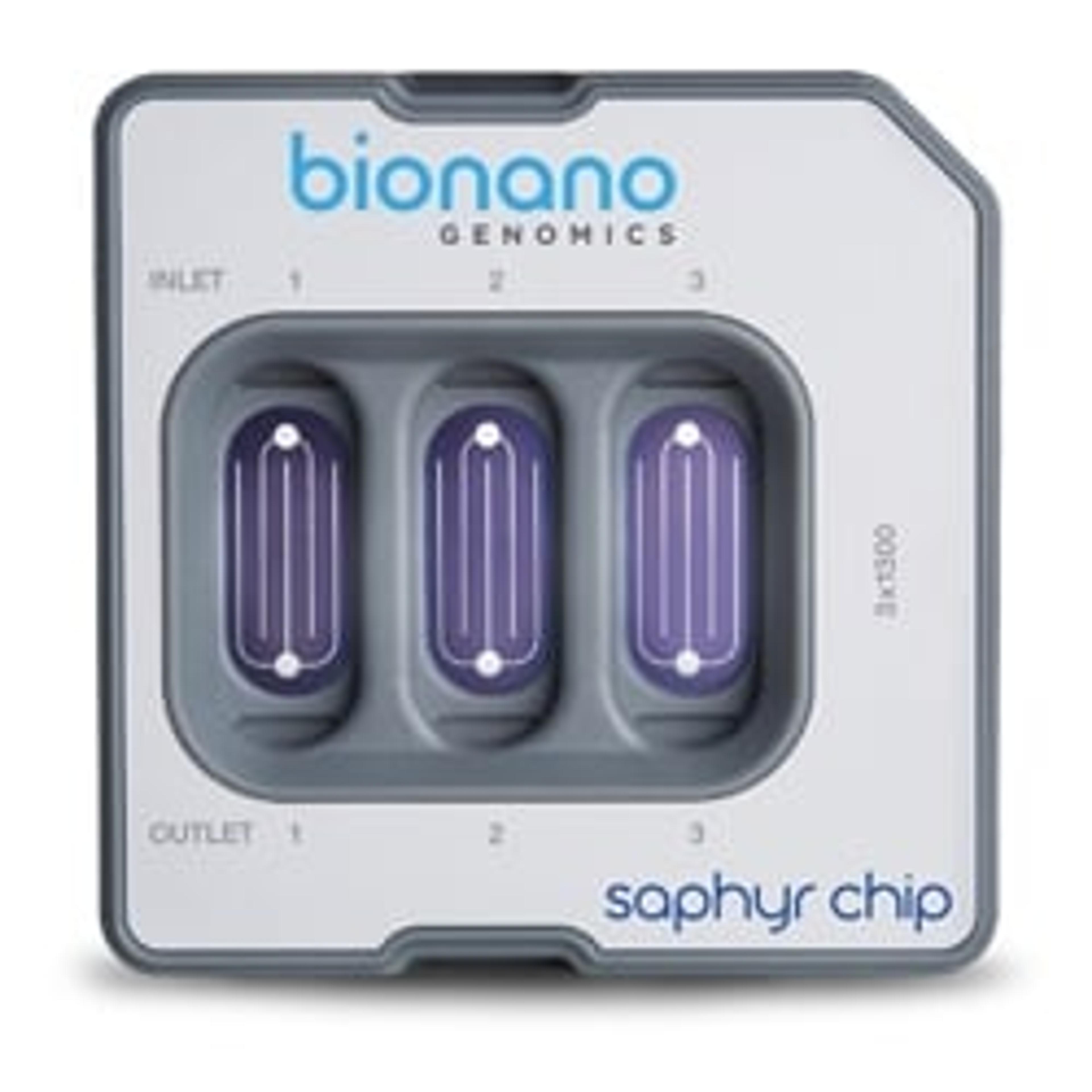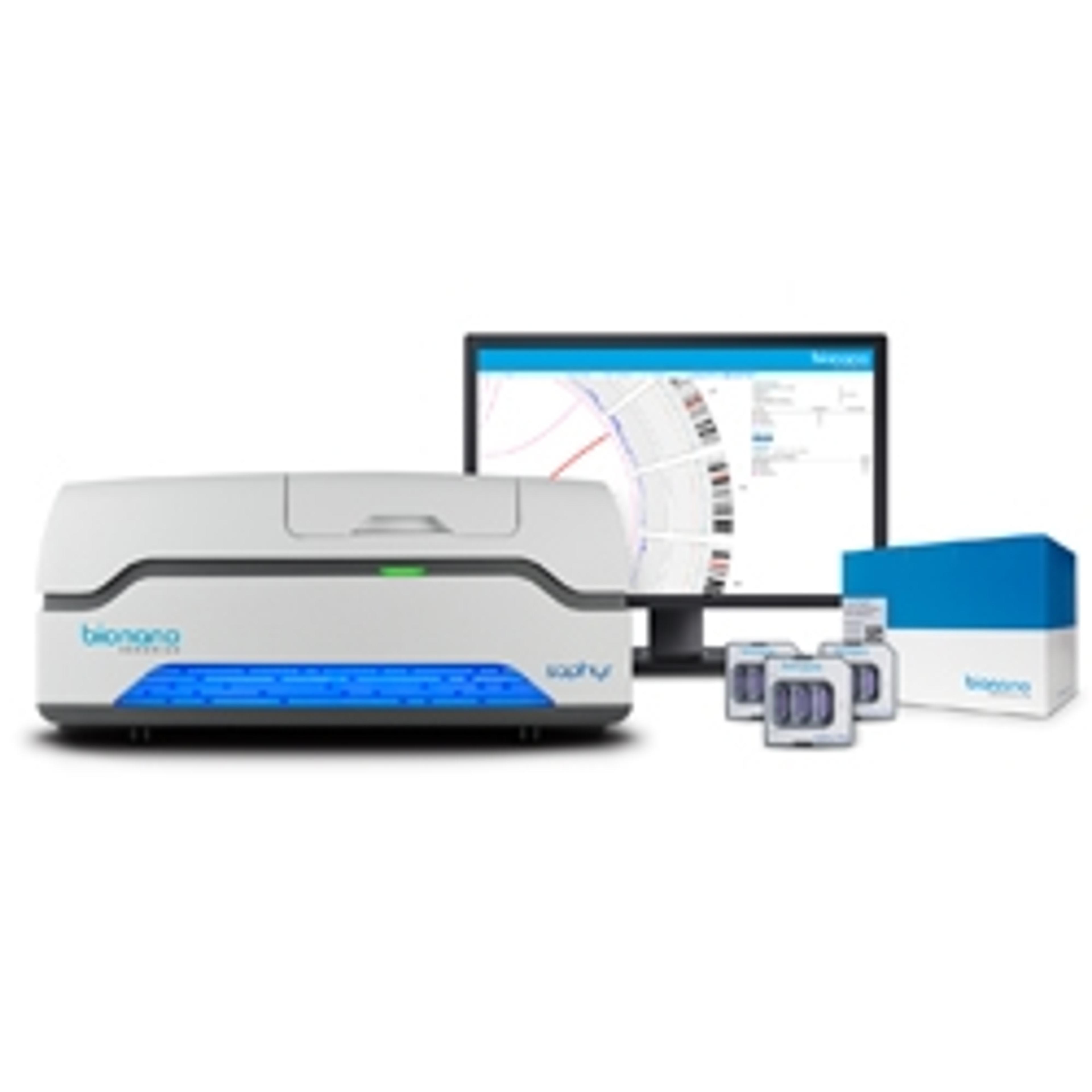Next-generation cytogenetics for clinical-grade sensitivity and precision
Discover the latest technology for the identification of structural variants (SVs) within the human genome
31 Jul 2019

1. Ultra-Long Read Optical Mapping - Applications in Cancer and Genetic Disease
In this video, Dr. Sven Bocklandt, Director of Scientific Affairs at Bionano Genomics Inc., discusses how the new genome-mapping workflow addresses the difficulty in identifying structural variation with clinical-grade sensitivity and precision. Here, Bocklandt focuses on how the workflow provides high-throughput, high-resolution imaging to detect structural variants directly from megabase-length DNA molecules. However, the workflow is also designed for building high-quality reference genomes and modernizing clinical cytogenetics.
2. Next-Generation Cytogenetics – Applications in Medical Genetics
Structural variants (SVs) represent an important source of genetic variation in the human genome and are involved in a multitude of diseases, such as cancer and developmental disorders. In this presentation at the European Society of Human Genetics (ESHG) conference 2019, Dr. Alexander Hoischen, Associate Professor, Immuno-Genomics Radboud University Medical Center, discusses SV detection using optical mapping technology and the new Saphyr system from Bionano Genomics. Supported by data presented in this talk, Hoischen hypothesizes that optical mapping technology may largely replace classical cytogenetic tests in the future.
3. Detecting Unbalanced and Balanced Structural Variants
In this video, Dr. Laïla El Khattabi, Associate Professor, APHP Cochin, Paris Descartes University, discusses the use of next-generation mapping using Bionano Genomic’s novel, non-sequencing-based technology and how this enables the identification of structural variants (SVs) within the human genome that can be missed by current massively parallel sequencing methods.
Through a study of 29 patients in a routine cytogenetic laboratory setting, the data presented here demonstrates the potential to improve the resolution of the pan-genome detection of different sorts of SVs in a simple, comprehensive test. This approach could have a significant clinical impact on SV-associated diseases, such as developmental disorders, as well as reproductive diseases and recurrent miscarriages.
These workshops were filmed as part of our coverage of ESHG 2019. For more information on the technology mentioned in these presentations, visit our Bionano Genomics page, or click on the products below.


